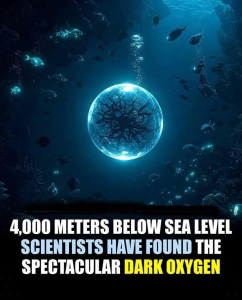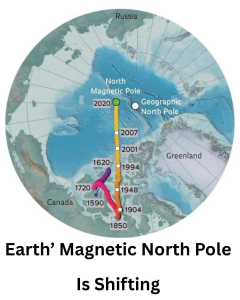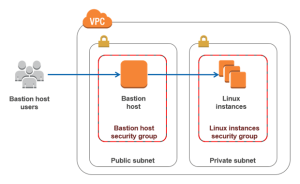
For centuries, navigators have relied on compasses pointing toward the North Magnetic Pole—but that pole is no longer where it once was. In fact, it’s on the move, and fast.
A Slow Drift Turned Rapid Race
Historically, the Earth’s North Magnetic Pole drifted slowly northwest from the Canadian Arctic toward Siberia. But in the late 20th century, this movement accelerated dramatically—from less than 15 kilometers per year to over 50 kilometers annually. Today, it’s racing toward Russia with an urgency that has caught scientists’ attention worldwide.
This movement isn’t random. It’s being driven by dynamic changes in Earth’s molten iron core, which behaves like a massive, turbulent ocean of liquid metal. The motion of this core generates the planet’s magnetic field, and as that motion shifts, so too does the pole.
Tracking the Invisible
But how do we monitor something that can’t be seen?
Scientists use a combination of historical compass records, volcanic rocks (which lock in the magnetic field direction as they cool), and modern satellite data to trace the pole’s path and behavior. These tools reveal not just long-term movement, but daily wobbles in the pole’s position, forming an irregular oval pattern that underscores the field’s complexity.
This wandering nature stands in stark contrast to the fixed geographic North Pole, reminding us that Earth is not a static planet—it’s constantly in flux, both above and below the surface.
Why This Matters
This isn’t just an academic curiosity. The position of the magnetic pole plays a critical role in:
- Global navigation systems (GPS, aviation, military)
- Smartphone compasses and digital maps
- Wildlife navigation patterns
As the pole moves, scientists must frequently update the World Magnetic Model, which is used in everything from Google Maps to NATO submarines. In 2019, the model had to be updated early—because the pole moved so quickly it rendered existing models outdated.
There’s also a larger question looming: is this a prelude to a geomagnetic reversal? Earth has flipped its magnetic field many times in the past, and while such a flip isn’t expected soon, this rapid motion could be part of that long-term process.
In Conclusion
The Earth beneath our feet is alive—its magnetic heartbeat in constant motion. The North Magnetic Pole’s accelerated journey toward Russia is more than a scientific oddity. It’s a powerful reminder that our planet is dynamic, evolving, and filled with forces still not fully understood.
The next time you look at a compass or open a map app, consider this: the magnetic north it points to today might be somewhere completely different tomorrow.
Tags:
magnetic pole, Earth’s core, geomagnetism, magnetic field, compass, polar shift, geophysics, Earth science, satellite data, magnetic north movement





